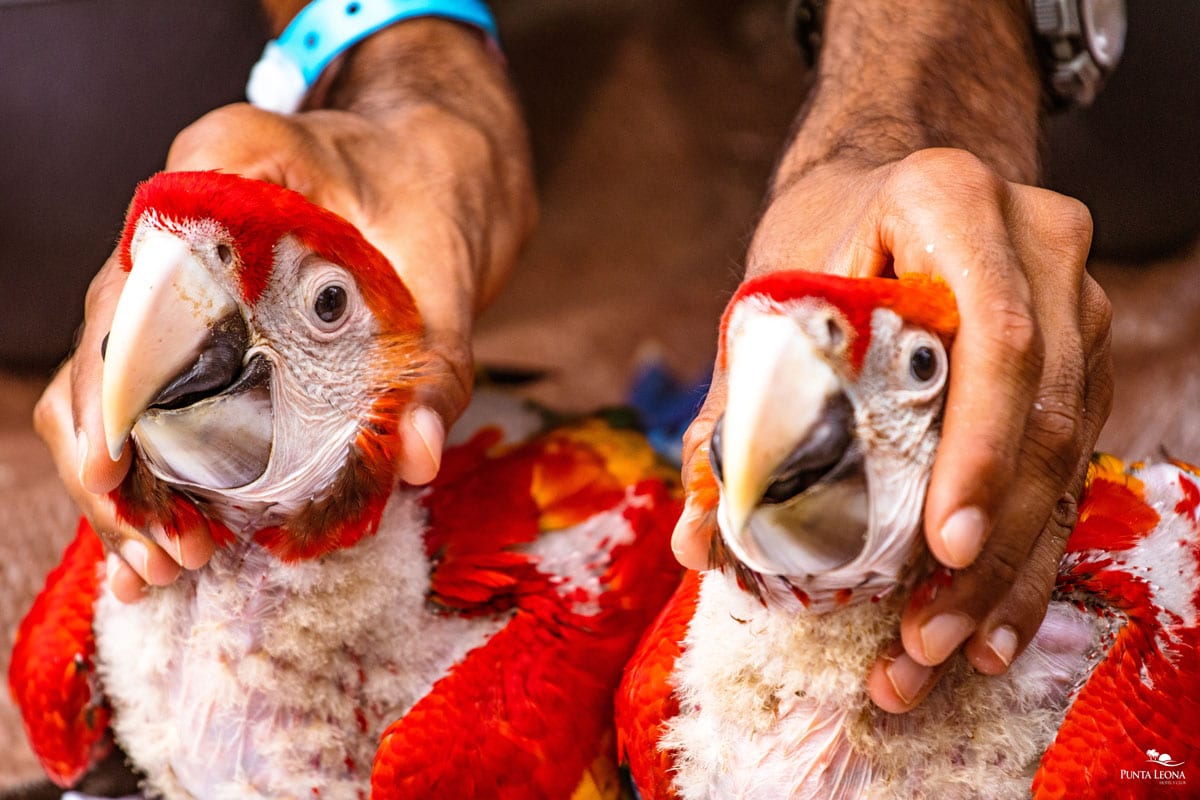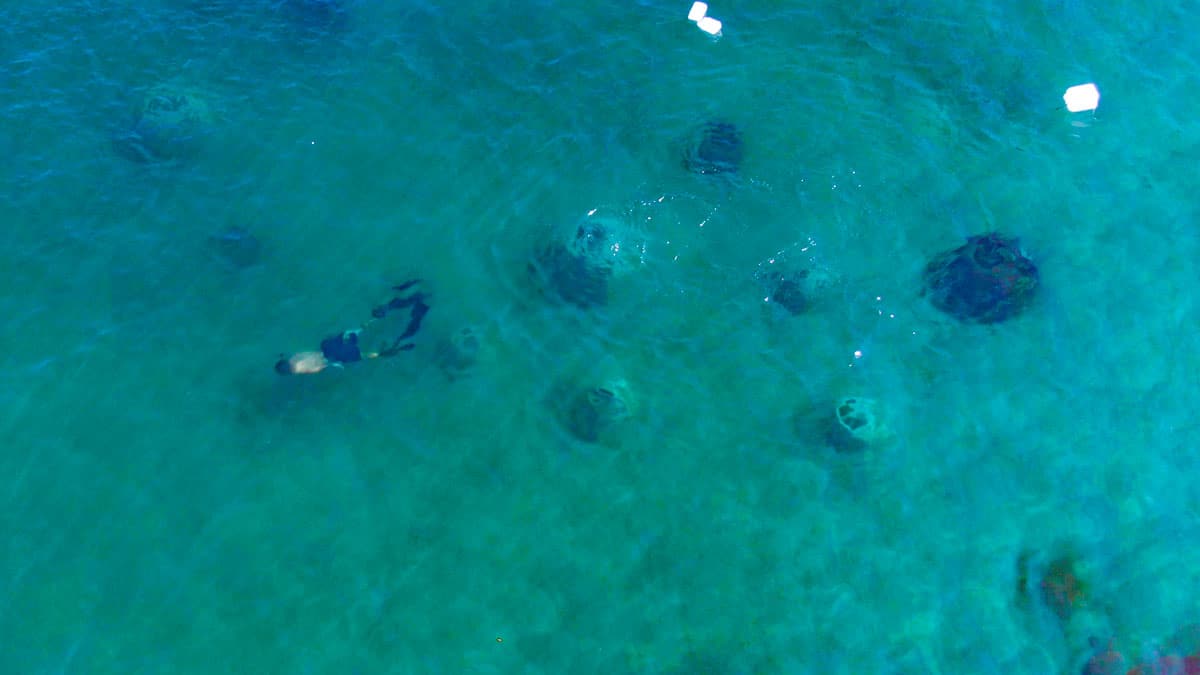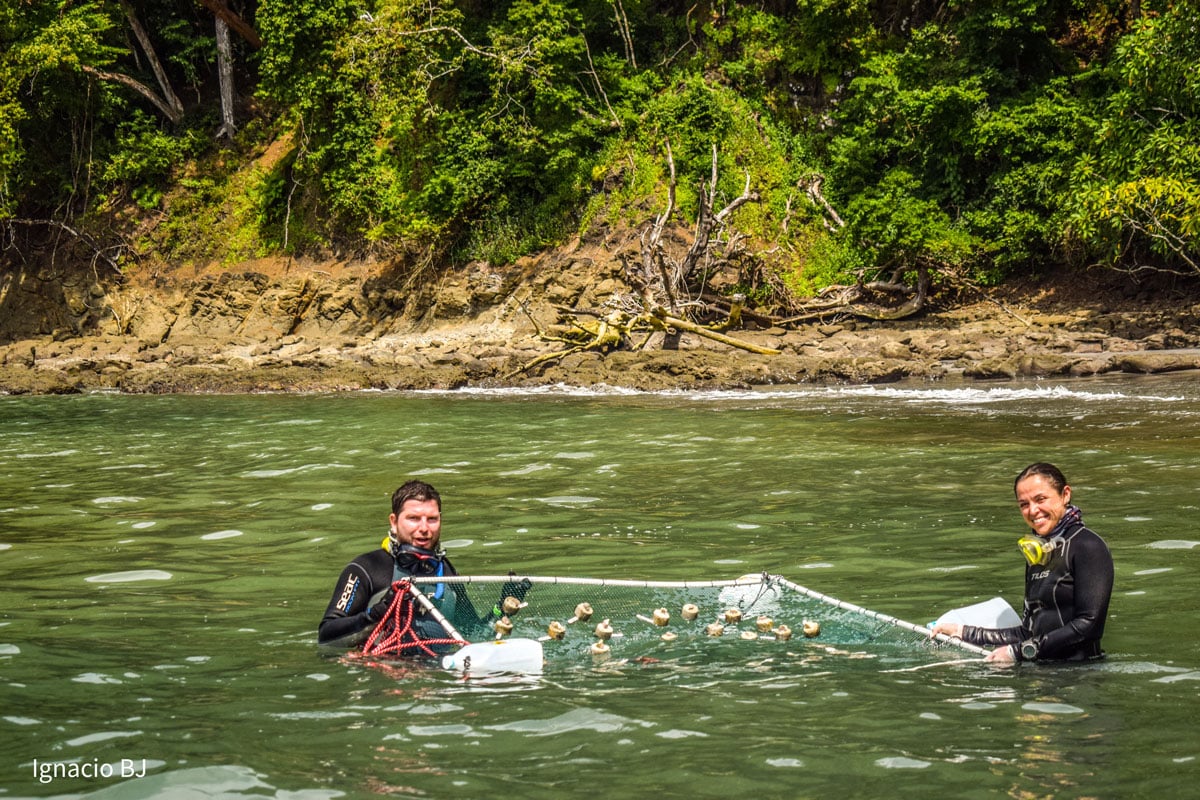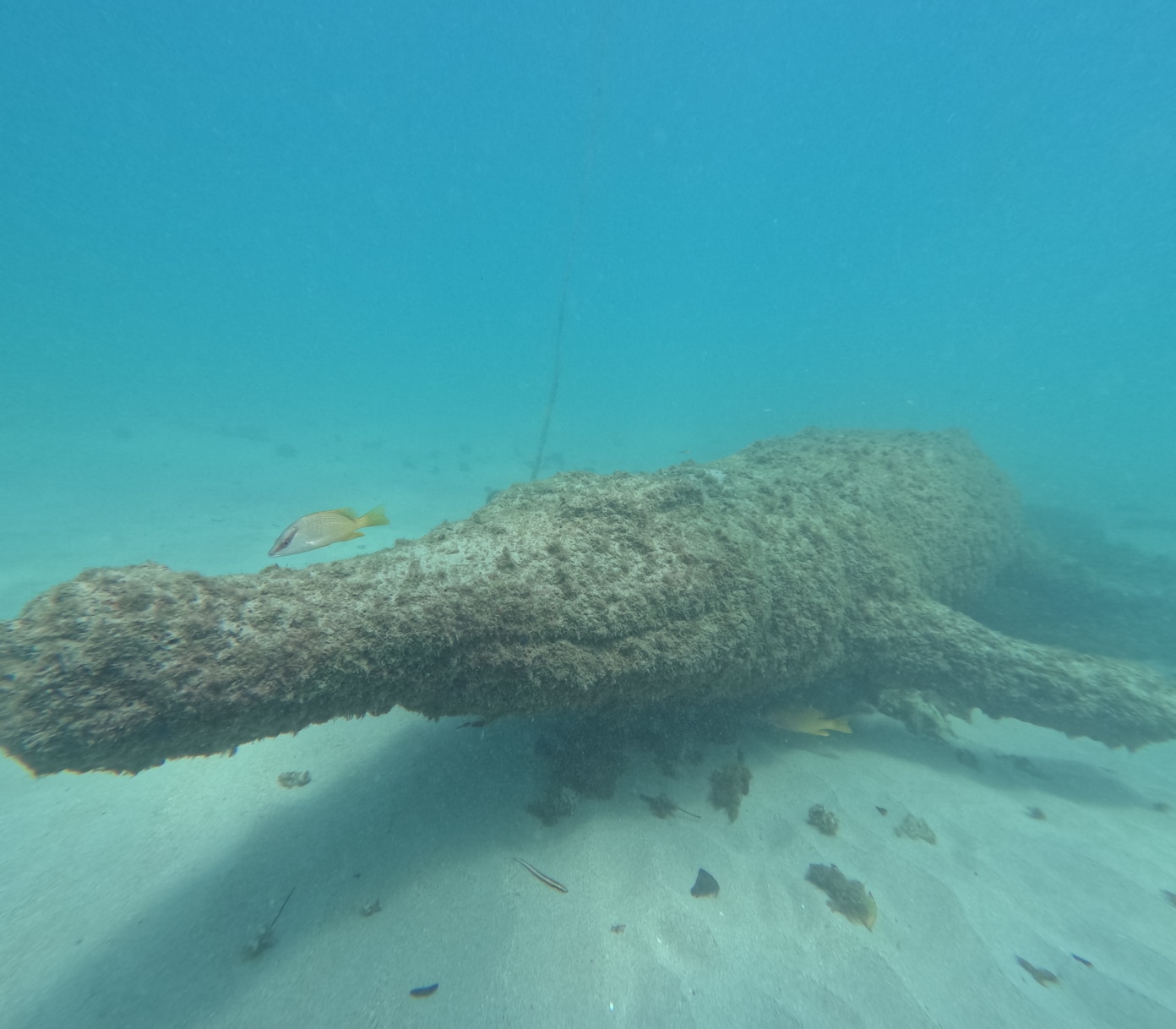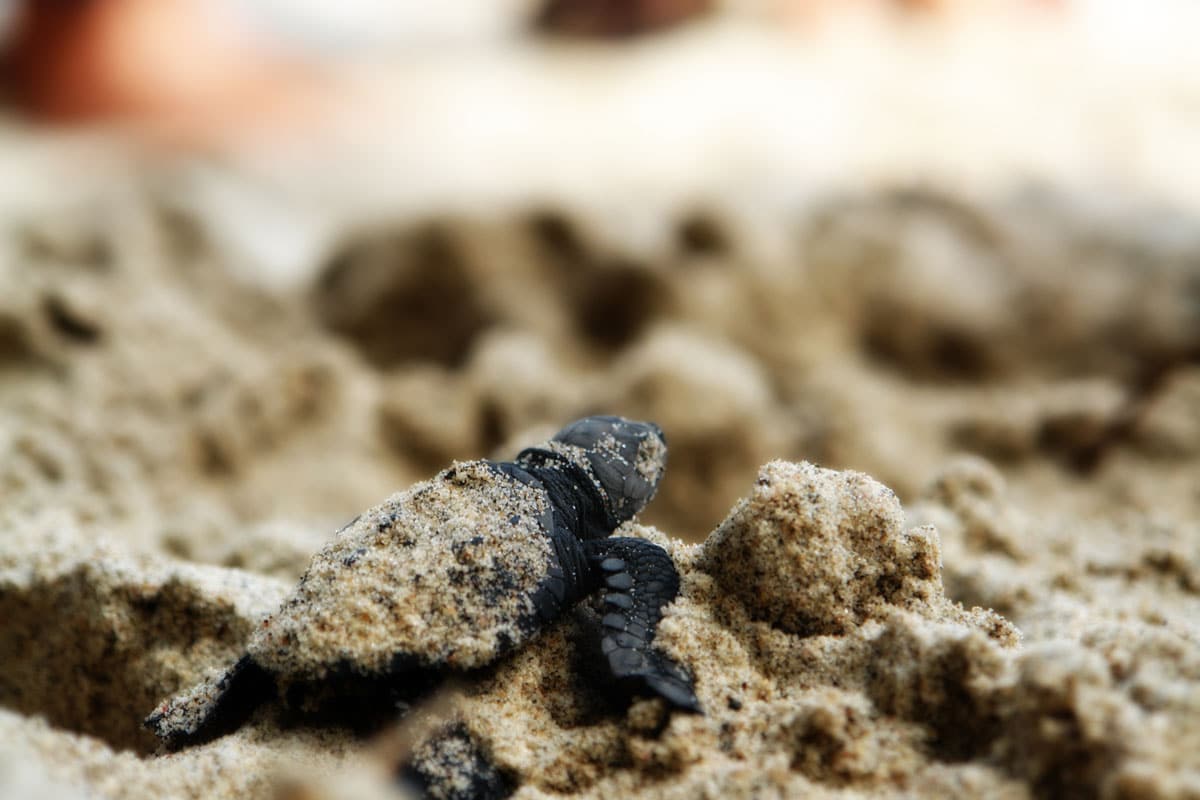Regenerative Tourism
Sustainable tourism has been the key model for more than 30 years with the intent to enjoy, educate and have the least possible impact on the ecosystem. Since then these efforts have stagnated but the planet needs our help.
Since the exception in 1975, Punta Leona has stood out in the tourism industry for being pioneers in sustainability programs. We continue to be at the forefront offering our guests a “regenerative trip”, whose model emphasizes the relationship of the human being with self, others and nature.
Through our programs, we wish to intensify the degree of awareness that people have about the importance of protecting nature, to recognize that it entails more than planting trees and recycling waste. –It is to move from the thought of “Egosystems” to “Ecosystems” where the human being is seen as part of the whole and not above all-. Dr. Eduard Müller
In this way, we would like our guests to be part of this experience through our projects:

Costa Rica has 5% of the world's biodiversity and in Punta Leona we strive to protect it. When you stay at Punta Leona Beach Club and Nature Resort you help preserve and regenerate the natural environment and the community that surrounds us. Our local regenerative tourism programs are materialized through a one-time support of $10 per reservation for the conservation of the diversity of flora and fauna species present in this area. We share progress reports and regular updates with our guests to demonstrate the importance of their contributions.
Join the philosophy that inspired us and let us be part of the solutions to protect our only home. Learn more about our actions in the following link: https://hotelpuntaleona.com/en/natural-reserve/regenerative-tourism/
- Placement of artificial nests
- Environmental education in schools with the creation of a Macaw protection book
- Planting trees to serve as food and nesting areas
- Placement of 24-hour monitoring cameras
- Placement of temperature, movement and humidity sensors in nests
- Weighing and measuring goslings to determine growth rate
- Study of causes of mortality and statistics of births and chicks that fly from the nest.

